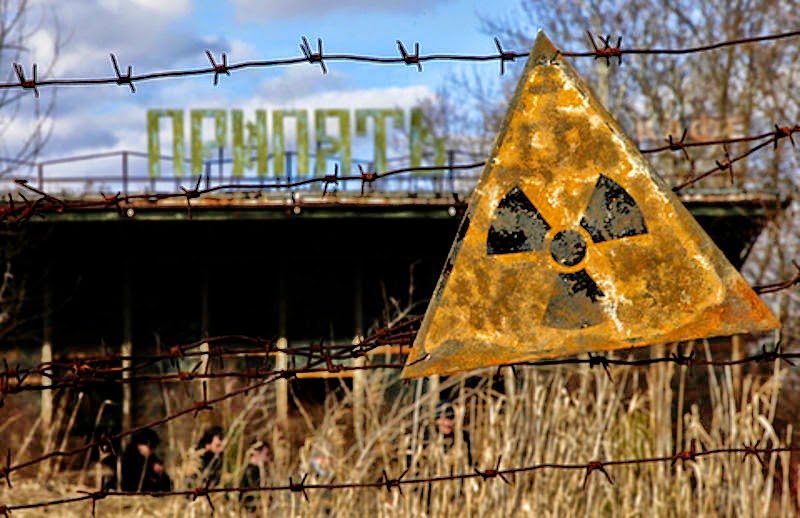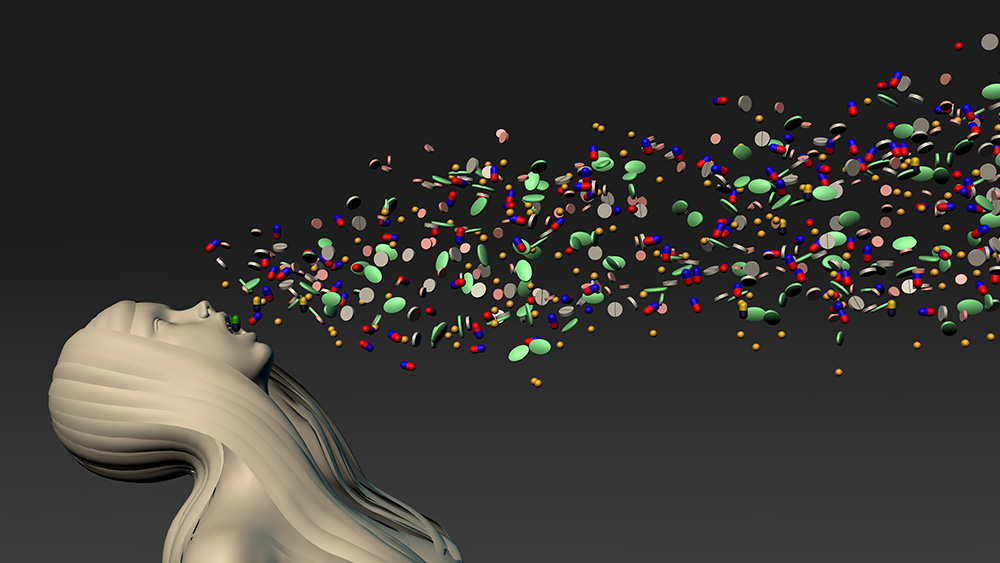Debunking the myth: Rusty nails won’t give you tetanus
07/27/2019 / By Evangelyn Rodriguez

Rusty nails can be a danger for many reasons, but not for a kind of infection commonly associated with it. Yes, stepping on a rusty nail can cause a tetanus infection, but the nail itself (no matter how rusty it is) does not give you tetanus. Tetanus is caused by a toxin produced by a ubiquitous bacterium called Clostridium tetani, which can invade the body through open wounds. So the next time you get cut or punctured by other objects besides a rusty nail, don’t get too complacent. Anything that has the bacteria on it can potentially cause a tetanus infection. And even if the object isn’t contaminated, just having a break in your skin exposes you to tetanus bacteria, so make sure you clean open wounds — even minor ones — promptly and properly.
Tetanus: cause, symptoms, and complications
Tetanus bacteria can live everywhere, be it in dust, soil, or feces. They are present in the environment in the form of spores, which are more resistant to physical and chemical changes than their vegetative form. C. tetani spores can get inside the body through skin openings, even superficial ones like scrapes, insect bites, or puncture wounds caused by needles. Once these spores enter the body, the low-oxygen environment of a wound causes them to germinate and form vegetative cells — the normal, growing form of the bacteria.
Some of the common symptoms of tetanus disease include:
- Headache
- Changes in blood pressure and heart rate
- Fever and sweating
- Jerking or seizures
- Jaw cramping
- Painful muscle stiffness
- Muscle spasms, often in the stomach
- Difficulty swallowing
Tetanus is often called “lockjaw” because it can make jaw muscles tighten. Besides lockjaw, tetanus can also cause serious complications, such as:
- Laryngospasms or the involuntary tightening of vocal cords
- Difficulty breathing, which can lead to death
- Broken or fractured bones
- Pulmonary embolism or blockage of the main artery of the lung due to blood clotting
- Nosocomial or hospital-acquired infections
- Aspiration pneumonia
The truth behind the tetanus myth
Tetanus is a serious, non-communicable disease that affects the nerves and causes painful muscle contractions, particularly in the jaw and neck. While many people associate tetanus with rusty nails, the truth is that nails, even rust, don’t have anything to do with the disease at all.
According to Dr. William Schaffner, an infectious disease specialist from Vanderbilt University in Tennessee, the myth probably originated from someone attempting to convey the idea that an object in a dirty environment (like a rusty nail) may have bacteria on it that can cause tetanus.
However, a particular environment doesn’t have to be visibly dirty for someone to get tetanus. Schaffner says there are cases of tetanus infection that started with being sliced by a kitchen knife. Tetanus bacteria are present everywhere, and any wound on the body, especially deep ones, can give these dangerous microbes a way in. Once inside, the bacteria spring to life and begin to multiply.
The tetanus bacteria C. tetani produce two toxins: tetanospasmin and tetanolysin. Tetanolysin has no known pathology, but tetanospasmin is dangerous and spreads throughout the body through the blood. The toxin tetanospasmin, not the bacteria that produce it, is what causes tetanus disease. (Related: Tetanus vaccines exposed for sterilizing 500,000 women and children – watch at Brighteon.com.)
Tetanus infection can be prevented by immediate and proper wound care. Cleaning your wound immediately is important, whether you are in a “clean,” disinfected environment or not. Even minor wounds like blisters or scrapes can get infected, so you should apply first aid to these injuries without delay. Regular hand-washing also helps prevent infections, especially before and after cleaning your wounds. If you need further advice on how to take care of your wound, consult your health care provider.
Sources include:
Tagged Under: bacterial spores, breathing difficulties, Clostridium tetani, dirty environments, infections, lockjaw, medical myths, muscle stiffness, nails, nervous system, open wounds, prevention, rusty nails, superbugs, tetanospasmin, tetanus, tetanus bacteria, tetanus disease, tetanus toxin, toxins, wound cleaning
RECENT NEWS & ARTICLES
BadDoctors.News is a fact-based public education website published by Bad Doctors News Features, LLC.
All content copyright © 2018 by Bad Doctors News Features, LLC.
Contact Us with Tips or Corrections
All trademarks, registered trademarks and servicemarks mentioned on this site are the property of their respective owners.



















